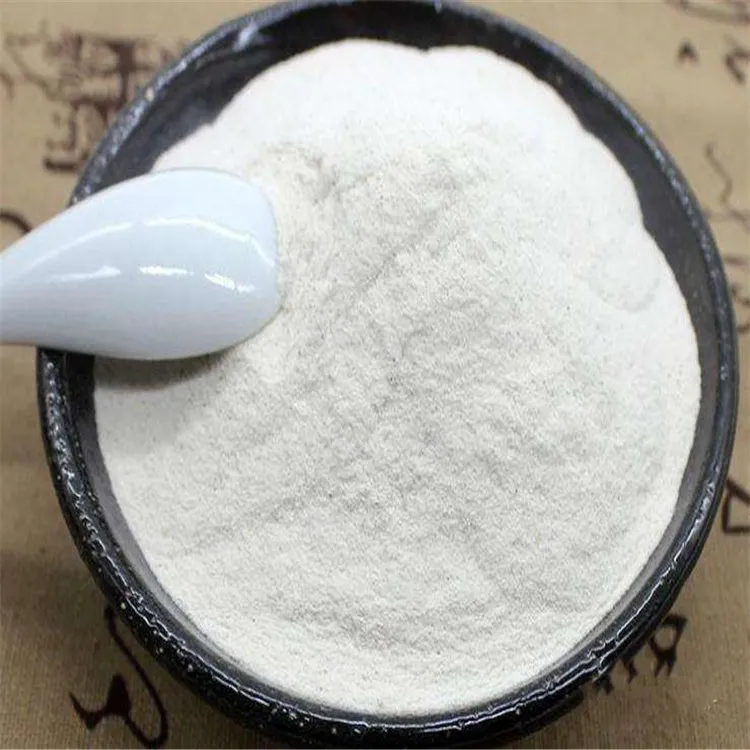Warning: Undefined array key "title" in /home/www/wwwroot/HTML/www.exportstart.com/wp-content/themes/1198/header.php on line 6
Warning: Undefined array key "file" in /home/www/wwwroot/HTML/www.exportstart.com/wp-content/themes/1198/header.php on line 7
Warning: Undefined array key "title" in /home/www/wwwroot/HTML/www.exportstart.com/wp-content/themes/1198/header.php on line 7
Warning: Undefined array key "title" in /home/www/wwwroot/HTML/www.exportstart.com/wp-content/themes/1198/header.php on line 7
- Afrikaans
- Albanian
- Amharic
- Arabic
- Armenian
- Azerbaijani
- Basque
- Belarusian
- Bengali
- Bosnian
- Bulgarian
- Catalan
- Cebuano
- China
- China (Taiwan)
- Corsican
- Croatian
- Czech
- Danish
- Dutch
- English
- Esperanto
- Estonian
- Finnish
- French
- Frisian
- Galician
- Georgian
- German
- Greek
- Gujarati
- Haitian Creole
- hausa
- hawaiian
- Hebrew
- Hindi
- Miao
- Hungarian
- Icelandic
- igbo
- Indonesian
- irish
- Italian
- Japanese
- Javanese
- Kannada
- kazakh
- Khmer
- Rwandese
- Korean
- Kurdish
- Kyrgyz
- Lao
- Latin
- Latvian
- Lithuanian
- Luxembourgish
- Macedonian
- Malgashi
- Malay
- Malayalam
- Maltese
- Maori
- Marathi
- Mongolian
- Myanmar
- Nepali
- Norwegian
- Norwegian
- Occitan
- Pashto
- Persian
- Polish
- Portuguese
- Punjabi
- Romanian
- Russian
- Samoan
- Scottish Gaelic
- Serbian
- Sesotho
- Shona
- Sindhi
- Sinhala
- Slovak
- Slovenian
- Somali
- Spanish
- Sundanese
- Swahili
- Swedish
- Tagalog
- Tajik
- Tamil
- Tatar
- Telugu
- Thai
- Turkish
- Turkmen
- Ukrainian
- Urdu
- Uighur
- Uzbek
- Vietnamese
- Welsh
- Bantu
- Yiddish
- Yoruba
- Zulu
নভে. . 19, 2024 18:05 Back to list
Understanding Aspartame Health Effects and Nutritional Information for Better Choices
Understanding Aspartame Facts and Myths
Aspartame, a low-calorie artificial sweetener, has been a topic of debate and interest since its discovery in 1965. Found in thousands of products, ranging from diet sodas and sugar-free gum to yogurts and desserts, this sweetener offers a sugar-like taste without the caloric content. However, despite its widespread use, aspartame remains surrounded by controversy and misinformation. Here, we will explore the essential facts about aspartame, including its safety, benefits, and some common myths.
What is Aspartame?
Aspartame is composed of two amino acids aspartic acid and phenylalanine, both of which occur naturally in various foods. When consumed, aspartame breaks down into these amino acids and methanol. The sweetener is approximately 200 times sweeter than sucrose (table sugar), meaning only a small amount is needed to achieve the desired sweetness in food and beverages.
Safety and Regulatory Approval
Safety concerns regarding aspartame have been largely addressed by numerous scientific studies and evaluations. Regulatory bodies worldwide, including the U.S. Food and Drug Administration (FDA), the European Food Safety Authority (EFSA), and the World Health Organization (WHO), have extensively reviewed the safety of aspartame. According to the FDA, aspartame was approved for use in 1981, and since then, it has undergone rigorous testing to remain on the market.
The consensus among these organizations is that aspartame is safe for consumption for the general population, except for individuals with a rare hereditary disease known as phenylketonuria (PKU), who must monitor their intake of phenylalanine. For most people, the established acceptable daily intake (ADI) for aspartame is 50 mg per kilogram of body weight in the U.S. and 40 mg per kilogram in Europe.
Benefits of Aspartame
aspartame facts

One of the primary advantages of aspartame is its ability to provide sweetness with minimal calories. For individuals seeking to reduce caloric intake or manage weight, aspartame can be a useful tool. Its inclusion in various food products enables consumers to enjoy sweet flavors without the added sugar and calories.
Additionally, aspartame does not contribute to dental cavities, making it a popular choice for those concerned about oral health. Many food products marketed as “sugar-free” often contain aspartame, catering to health-conscious consumers.
Common Myths and Misunderstandings
Despite the overwhelming support from the scientific community regarding its safety, several myths persist about aspartame. One common myth is that it causes serious health issues, including cancer. Comprehensive studies involving thousands of participants have found no credible evidence linking aspartame to cancer or other major health problems when consumed within the recommended guidelines.
Another myth suggests that aspartame can lead to weight gain. However, research indicates that artificial sweeteners, including aspartame, can aid in weight management when used as a substitute for sugar. In a balanced diet, they can help reduce overall caloric intake.
Conclusion
In summary, aspartame is a widely-used artificial sweetener that is considered safe by various regulatory agencies when consumed within established limits. While it has become a staple for many looking to reduce sugar intake or manage weight, it is essential to approach dietary choices with a sensible and informed perspective. Individuals should feel empowered to enjoy food and beverages containing aspartame without unnecessary fear, allowing them to make decisions that support their health and wellness goals. As with any food product, moderation is key, and staying informed helps consumers navigate the complexities of nutrition.
Latest news
-
Certifications for Vegetarian and Xanthan Gum Vegetarian
NewsJun.17,2025
-
Sustainability Trends Reshaping the SLES N70 Market
NewsJun.17,2025
-
Propylene Glycol Use in Vaccines: Balancing Function and Perception
NewsJun.17,2025
-
Petroleum Jelly in Skincare: Balancing Benefits and Backlash
NewsJun.17,2025
-
Energy Price Volatility and Ripple Effect on Caprolactam Markets
NewsJun.17,2025
-
Spectroscopic Techniques for Adipic Acid Molecular Weight
NewsJun.17,2025

